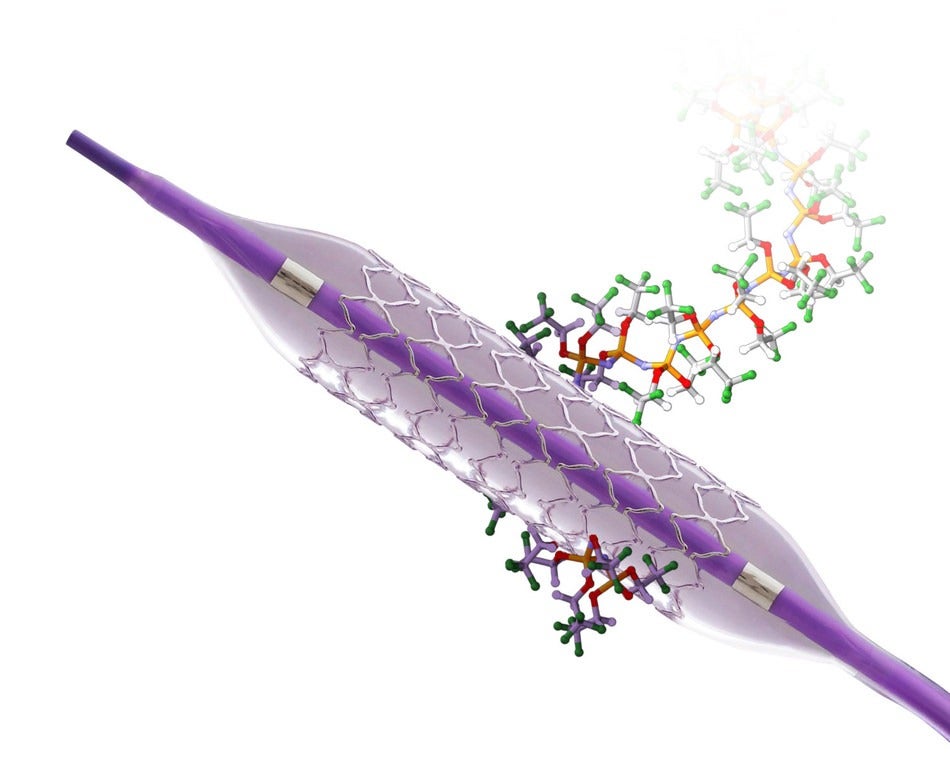
CeloNova BioSciences has released interim results from a clinical study of its COBRA PzF NanoCoated coronary stent (NCS), dubbed COBRA-REDUCE, to treat high bleeding risk patients (HBR).
The medical device maker claimed that the COBRA-REDUCE is the first and only randomised study of 14-day dual antiplatelet therapy (DAPT) using COBRA PzF stent, in HBR.
The COBRA PzF NCS is a non-drug-eluting NCS, nanocoated on surface with Polyzene-F, which serves as a barrier between the device, intimal surface and circulating elements in the blood.
In preclinical studies, the stent showed anti-inflammatory and thrombo-resistant properties, with rapid and high quality healing than available drug eluting stents (DES), said the company.
COBRA REDUCE trial principal investigator Robert Byrne said: “Today marks a very significant milestone in providing valuable clinical insights into the DAPT duration and stent choice for high bleeding risk patients formally excluded from clinical trials.”
“I would like to thank my colleagues for their outstanding support in successfully completing this portion of the study despite challenges brought on by the Covid-19 world pandemic. We look forward to concluding patient follow-up and secondary analysis at 12 months.”
COBRA PzF NCS was superior to DES in reducing bleeding for HBR patients
The trial enrolled 996 HBR patients across 59 global sites, and randomised to receive either COBRA PzF NCS with DAPT for 14 days or an FDA approved DES with DAPT for 3 or 6 months.
In the COBRA REDUCE trial, all the enrolled patients were taking an oral anticoagulation therapy (OAC) and more than 90% of them are presenting with atrial fibrillation.
Also, nearly half of the study participants share a second or third major or minor ARC-HBR bleeding criteria, including recent ischemic stroke, cancer, anaemia, or severe or end-stage chronic kidney disease.
In the trial, the DAPT using COBRA PzF NCS showed a reduced bleeding of BARC class ≥2 bleeding after 14 days, a co-primary endpoint, while DES resulted in BARC class 1-5 bleeding after randomisation.
Also, the treatment resulted in similar levels of ischemic safety, compared to the DES arm, which is the composite co-primary endpoint.
The company is expected to announce the final co-primary endpoint analysis and secondary endpoints in the study, including composite of all-cause death, cardiac death, MI, ischemia-driven TLR, definite and probable stent thrombosis and ischemic stroke, in the second quarter of 2021.
CeloNova president and CEO Carl St. Bernard said: “We are pleased with COBRA PzF NCS’ preliminary performance with just 14-days DAPT in aspects of bleeding and ischemic events.
“Finding the right DAPT balance is critical to reducing the complexity and complications of long-DAPT regimens following stent placement. The COBRA REDUCE study has advanced our understanding of how to best strike this balance.”






